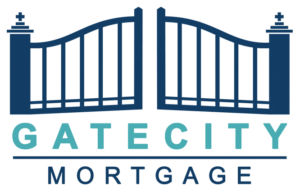Understanding USDA Loans
USDA loans are mortgage programs designed to assist low- and moderate-income Americans in buying homes. Offered by the United States Department of Agriculture (USDA), these loans provide low interest rates and zero down payments, making homeownership more accessible for those who may not qualify for traditional mortgages due to credit limitations.
What Does USDA Mean?
The USDA stands for the United States Department of Agriculture, a federal agency that oversees policies related to farming, forestry, rural economic development, and food safety. The USDA also administers programs aimed at improving the quality of life in rural areas, including the USDA Rural Development Guaranteed Housing Loan Program, commonly known as USDA loans. For more information, you can visit the official USDA website.
Key Features of USDA Loans
- Low-Interest Rates: USDA loans offer competitive interest rates, often lower than conventional mortgages, which make monthly payments more affordable.
- Zero Down Payment: One of the most attractive features of USDA loans is that they require no down payment, enabling buyers to purchase a home without a substantial upfront cost.
- Designed for Low-Income Americans: These loans are specifically aimed at helping low- and moderate-income individuals and families who might not be able to secure a traditional mortgage.
- Designated Areas: To qualify for a USDA loan, the property must be located in a designated rural or suburban area. The USDA defines these areas based on population density and other factors.
Eligibility Requirements
To be eligible for a USDA loan, borrowers must meet certain criteria:
- Income Limits: Borrowers must fall within specified income limits, which vary by region and family size.
- Credit Requirements: While USDA loans are designed for those with lower credit scores, borrowers still need to demonstrate a reasonable credit history.
- Property Location: The home must be located in an eligible rural or suburban area as defined by the USDA.
Benefits of USDA Loans
- Accessibility: USDA loans make homeownership possible for low-income families who may not have access to traditional mortgages.
- Affordability: With no down payment required and low interest rates, USDA loans reduce the financial burden of buying a home.
- Support for Rural Areas: By focusing on rural and suburban locations, USDA loans support the growth and development of these communities.
How to Apply
Applying for a USDA loan involves several steps:
- Check Eligibility: Verify that your income and the property location meet USDA guidelines.
- Find a Lender: Locate a lender that offers USDA loans and begin the application process.
- Submit Documentation: Provide necessary financial documents, including proof of income and credit history.
- Loan Approval: Once your application is approved, you can proceed with purchasing your home.
Summary
USDA loans provide a valuable opportunity for low-income Americans to achieve homeownership. With low interest rates, no down payment, and support for rural and suburban areas, these loans make buying a home more affordable and accessible. Understanding the eligibility requirements and benefits can help you decide if a USDA loan is the right choice for you. For more information, consult with a lender that offers USDA loans and explore your options.

